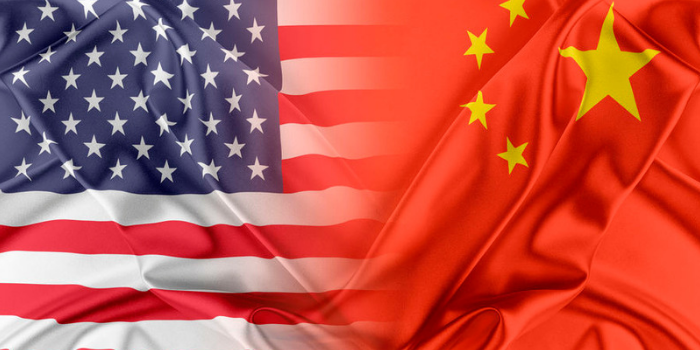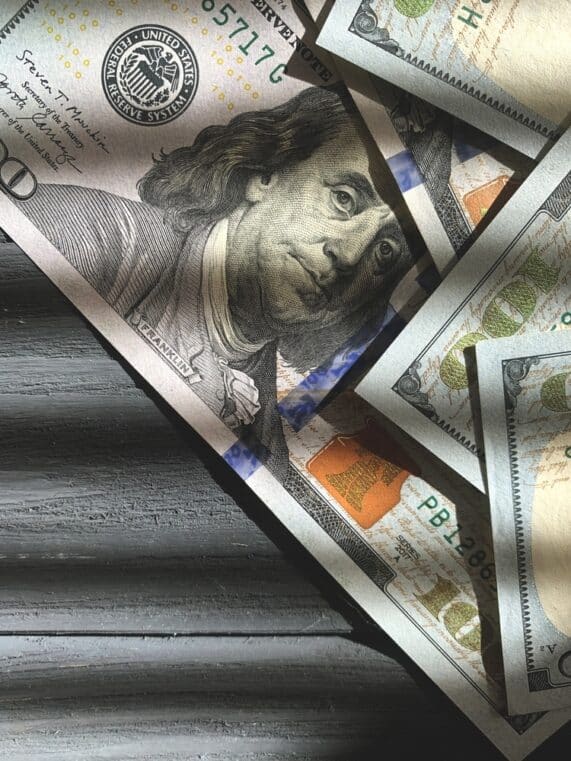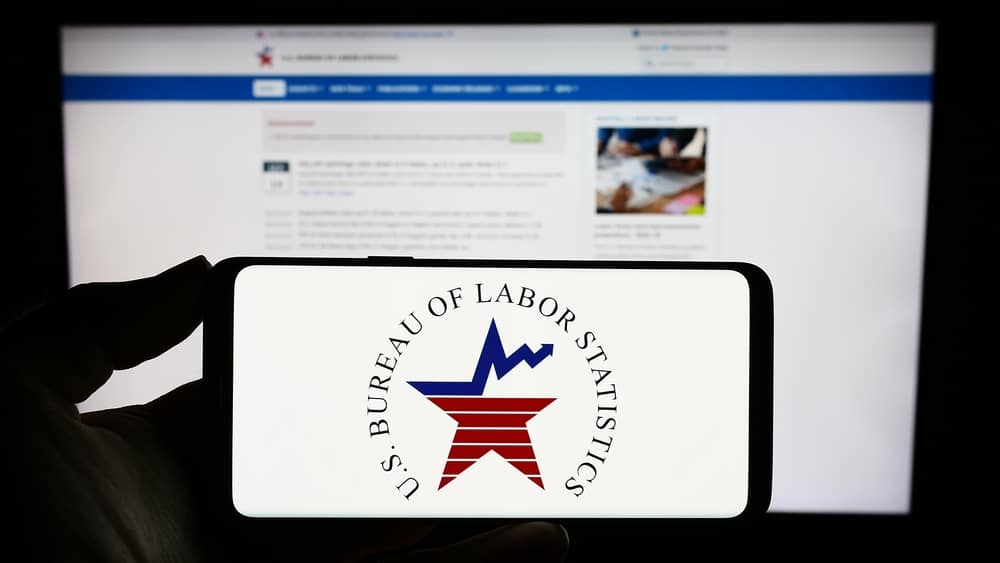
The Next 90 Days May Transform the Entire Global Economy
To catch a glimpse of the current state of the markets, you don’t have to look far beyond the surface. Much can already be seen by simply paying attention to the headlines, particularly those featured over the last week:
- Stocks fall on trade fears, Apple leads the slide
- Dow rises 200 points as Wall Street awaits Fed Chair Powell's speech
- Dow jumps more than 250 points on US-China trade truce
- Dow sinks 200 points as U.S.-China trade and falling 10-year yield unnerve investors
- Dow drops 800 points on fears of slowing economic growth
These headlines were lifted from various media channels between November 27 and December 4, 2018.
What’s notable about these movements, aside from their volatility, is not only their frequency of occurrence but their rapid and seemingly contradictory shifts in direction.
Over the last few months, this erratic market behavior seemed to be establishing itself as a perverse kind of “norm.” But that’s what happens when market sentiment is driven by an equally erratic geopolitical environment.
As I write, the Dow opened 250 points over the last session on news that the Trump-Xi talks were heading into positive territory. Not more than an hour later, news on conflicting accounts of the Trump-Xi meetings and new concerns over what appears to be a flattening yield curve caused the Dow to plunge by nearly 800 points.
It may be stating the obvious to point out that the US-China trade talks constitute a major factor in today’s market volatility.
Nevertheless, the outcome shouldn’t be underestimated, as it carries enough weight to significantly alter the state of the entire global economy.
It also puts you in a position where you have to make a choice: hedge, exit the market, or remain vulnerable to significant downside risk in the hopes of squeezing out the last few points that the market might still yield.
The Grave Reality of Waging an Economic War with China
If you’re still holding on to the old notion that the United States remains unchallenged in its status as the world’s largest economic and military superpower, it might be wise to reconsider how such a notion aligns with our current geopolitical reality.
The idea of US economic superiority is only a partial truth, one that doesn’t take into account the bigger picture unfolding before us. It takes a sober perspective to realize that things have dramatically changed.
What most of us see is the fact that China’s economy is two-thirds the size of the US economy.
What many of us don’t see is that if measured in terms of Purchasing Power Parity (a measure determining how much things would cost if exchange rates were equal)--China’s economy had already established itself as the largest global economy since 2014.
The difference? The first points show China to be a formidable contender. The second point reveals China to be an imminent threat. Practically speaking, the difference is night and day.
China’s economic power has been rising since the 1980s. And among the primary factors contributing to China’s meteoric rise are the capital inflows coming from the US. Yes, the US played a critical role in China’s economic growth.
And now China is in a position to challenge US economic and geopolitical superiority.
The current trade tensions stem from that fact that President Trump has begun taking strong measures to fight back. But that would mean setting limits on China’s aggressive inclinations toward geopolitical and economic expansion. It’s in China’s interest to prevent that from happening.
As it stands, American and Chinese companies--from the smallest to the largest--are beginning to feel the negative impact from the current trade dispute.
Companies like GM, Ford, Walmart, and Coca-Cola--just a few companies that rely on Chinese aluminum and steel--are beginning to see their profit margins sink.
Both GM and Ford have decided to pass on the increased costs of production to the customer, causing the automakers’ sales to slump, and their shares to fall (GMs down approximately 25% while Ford is down around 9%). GM has just cut 14,000 jobs in North America, practically shutting down 5 factories.
On the ag front, more than 80 farms in the Midwest have filed for bankruptcy--a rate exceeding the number of farm bankruptcies during the Great Recession.
These bankruptcies are bound to set off a negative chain reaction across multiple sectors in addition to potentially increasing food costs. And the bankruptcy rate appears to be trending upward, meaning that more farm bankruptcies are to be expected in the near future.
If you step back and take a look at the bigger picture, what’s at stake are American jobs, in other words, the backbone of the US economy.
And neither is China’s economy floating through this conflict unscathed. With China’s Purchasing Managers’ Index falling to a point of economic contraction, and with the Shanghai Composite Index down over 20% this year, China seems to be worse off than the US.
The main point, however, is that the US and China are the world’s largest economies. And if the trade war causes both economies to plunge, it’s safe to assume that the rest of the world will not be too far behind.
The 90-Day Ceasefire
Fortunately, Trump and Xi have agreed to a temporary halt in trade war escalation. A “ceasefire,” so to say, is in effect.
Beyond this temporary halt, there appears to be no agreement, as conflicting accounts of the meeting seem to be emerging from both sides.
Neither country can agree to what (if anything) had actually been agreed upon. Most likely, every “resolution” seemed to have been lost in translation.
But this is good news for investors, as it gives you some breathing room and perhaps enough time to rethink your investment strategy.
As we mentioned earlier, you are in a position where you cannot “not” make a choice:
- Do you exit the markets (and risk any gains that may come from a positive outcome);
- Do you stay invested in equities (and risk significant losses in the event of a bear or a recession);
- Do you hedge your portfolio via an “all-weather” allocation (25% stocks, 25% bonds, 25% cash, and 25% gold); or
- Do you jump into the only assets that may arise during a bear, recession, or inflationary environment--that is, gold and silver?
What are the chances that at the end of the 90-day period, the Trump and Xi administrations will reach a “breakthrough” (to use Trump’s words) solution?
A positive outcome is always “possible,” but most investors and institutions would rather err on the pessimistic side of things. (Goldman Sachs: “With additional time to pursue negotiations, we think the chance of a comprehensive deal that involves rollback of tariffs is unlikely.”)
Why bet on a negative rather than a positive outcome? Because smart money knows you have less to lose and more to gain by hedging your bets and converting some of your assets to safe haven investments, especially in light of the current and extremely volatile circumstances.
But seriously, is there anything going on in the world right now you would present as evidence that a positive geopolitical outcome might emerge?
You have three months or less to decide. Take advantage of the time you have in the markets to wisely choose or redirect your investment path.
If you are interested in pursuing safe haven investments or hedging your portfolio, contact us at GSI Exchange.












